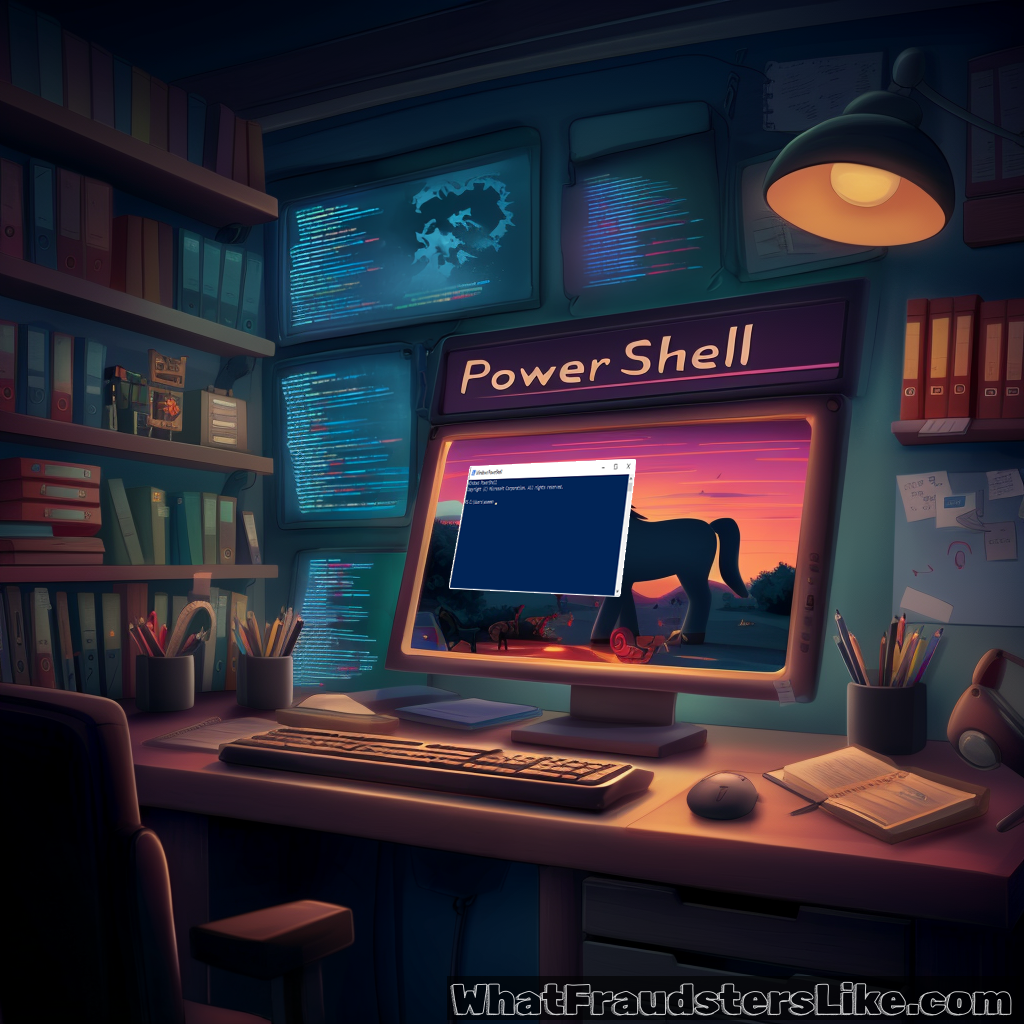Imagine criminals breaking into your house using your own keys and tools - that's exactly what's happening in cyberspace with PowerShell attacks.
Ever wondered how attackers can quietly control a computer without even installing new software❓
🪄 Running without leaving traces - PowerShell lets attackers run hidden commands directly in memory, so nothing suspicious appears as a new file on the hard drive.
🔁 Using what's already there - Because PowerShell is built into every Windows computer and trusted by the system, attackers can misuse it to steal passwords, move through networks, or prepare ransomware.
📮 From email to control - A simple email with a tricked attachment can start a PowerShell command that connects to a criminal's server and gives them remote control.
🔐 Password theft made easy - With just a few lines of script, attackers can grab stored passwords and security keys, then send them out without the user noticing.
🤖 Ready-made attack scripts - Criminals share complete PowerShell attack scripts online, so even people with little technical skill can run powerful attacks.
🕵️ Covering their tracks - PowerShell can disguise commands, schedule secret tasks, and even turn off security logs so defenders see nothing.
Research shows PowerShell has become the Swiss Army knife of cyberattacks, with real-world examples like the Vice Society ransomware group building completely automated PowerShell scripts to steal data from victim networks. BlackFog found that 76% of ransomware incidents in April 2023 used PowerShell, while CrowdStrike data shows that 62% of all attack detections now involve these "living off the land" techniques, where criminals use legitimate tools instead of traditional malware.
🚨 What can companies do:
⏩ Disable or restrict who can run PowerShell scripts and require only trusted, digitally signed scripts from approved sources.
⏩ Turn on comprehensive PowerShell logging so all activity is visible and can be reviewed later by security teams.
⏩ Watch for suspicious behavior, like unusual scheduled tasks being created or PowerShell opening without a clear business reason.
⏩ Implement application control policies that prevent PowerShell from connecting to the internet unless specifically authorized.
⏩ Monitor for encoded commands (especially Base64) which are a common way attackers hide their malicious scripts.
🚨 What can users do:
⏩ Be cautious with unexpected emails or attachments that ask you to "enable content" or "run a script."
⏩ Never run scripts unless you are absolutely sure they came from your company's IT team and were requested.
⏩ Report anything unusual, like command windows flashing up briefly or unexplained system slowdowns.
⏩ Be especially wary of urgent requests to bypass security warnings or disable security software.
